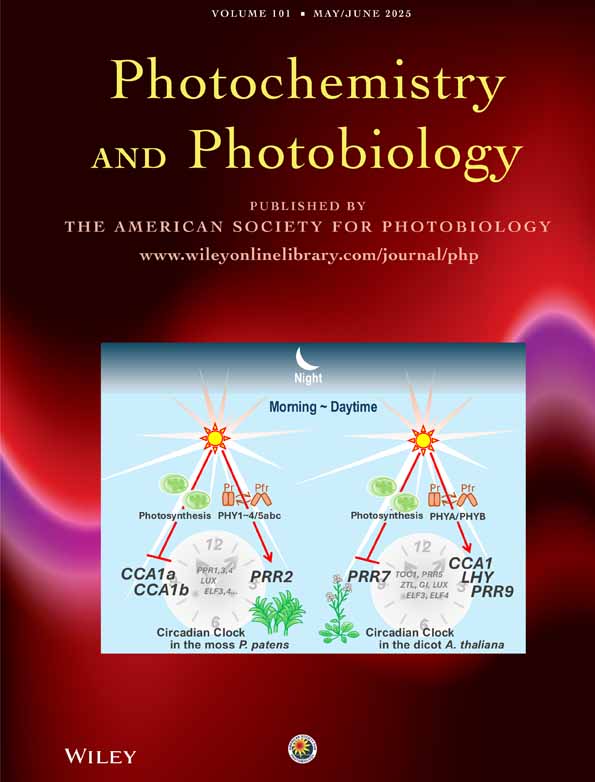POLAROGRAPHIC DETECTION OF AN ENDOGENOUS REDUCTANT GENERATED DURING FLASH ILLUMINATION OF CHLOROPLASTS
‡The mention of firm names or trade products does not imply that they are endorsed or recommended by the U.S. Department of Agriculture over other firms or similar products not mentioned.
Abstract—
A Joliot-type polarographic electrode with the platinum surface biased 200 mV positive with respect to the Ag/AgCl junction was found to give a signal upon flash illumination of chloroplasts. The presence of either methyl viologen or ferricyanide as electron acceptors greatly enhanced the positivebias signal. By varying the electrode bias, a polarogram is obtained of this positive-bias signal. A half-wave reduction potential of 340 mV indicates that this signal is not due directly to superoxide (O-2) nor the direct interaction of reduced methyl viologen or ferrocyanide with the electrode. Instead, the reduced exogenous acceptors act as intermediates in the generation of superoxide, and superoxide reduces an unidentified acceptor which is endogenous to chloroplasts, has a 340 mV redox potential, and gives rise to the positive bias polarographic signal. The extent of intersystem electron carrier oxidation can be changed by varying electrode bias with ferricyanide present. As the platinum is made more positive than 250 mV with respect to the Ag/AgCl junction, P700 becomes largely oxidized during 5 min dark adaptation.




